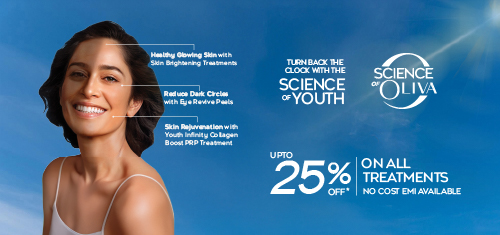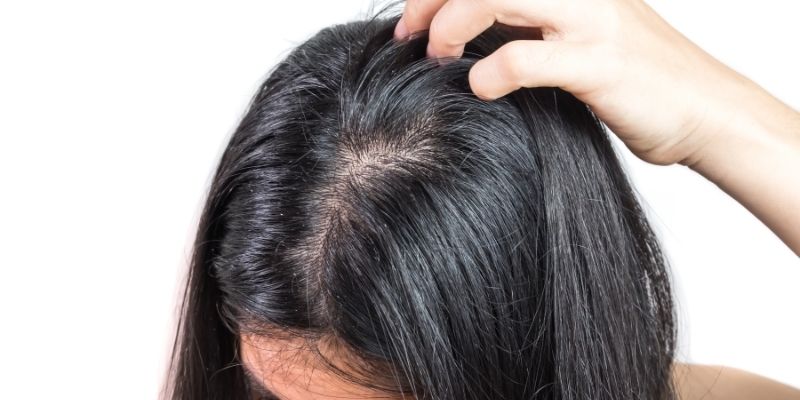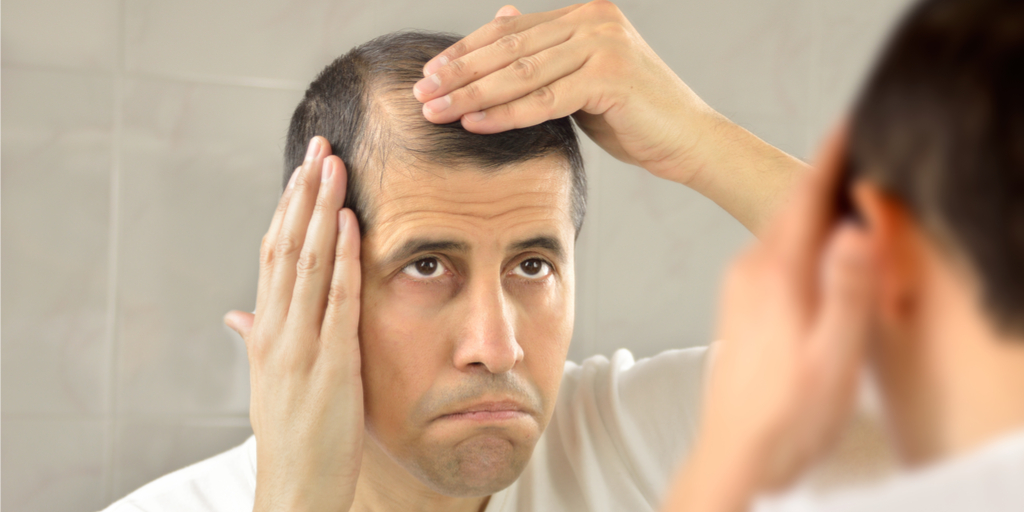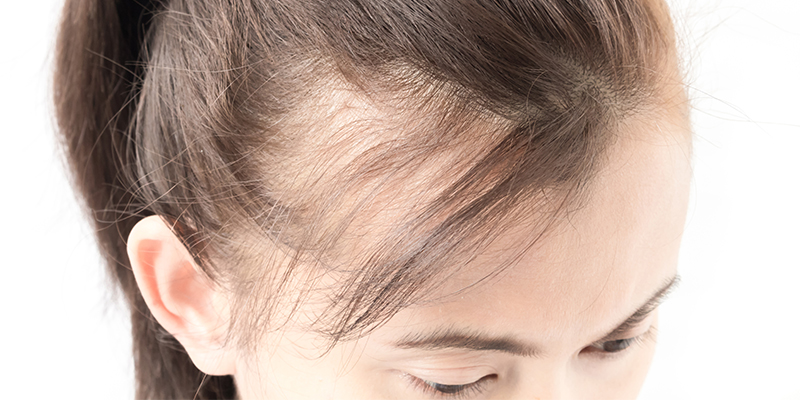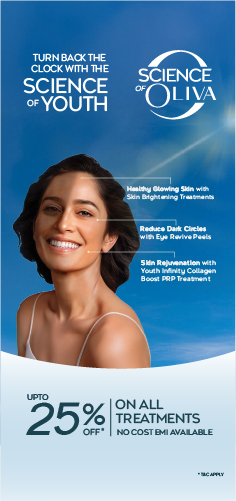PRP vs GFC Treatment: Which is Better for Hair Regrowth?
Hair loss is a common concern affecting both men and women. With advancements in medical science, innovative treatments like Platelet-Rich Plasma (PRP) and Growth Factor Concentrate (GFC) have emerged as effective solutions for hair restoration. While both treatments promote hair growth using natural healing factors, PRP is widely preferred due to its affordability, availability, and extensive clinical research. In this blog, we will explore the differences between PRP and GFC, how they work, their benefits, side effects, and which treatment might be the best fit for you.
In This Article
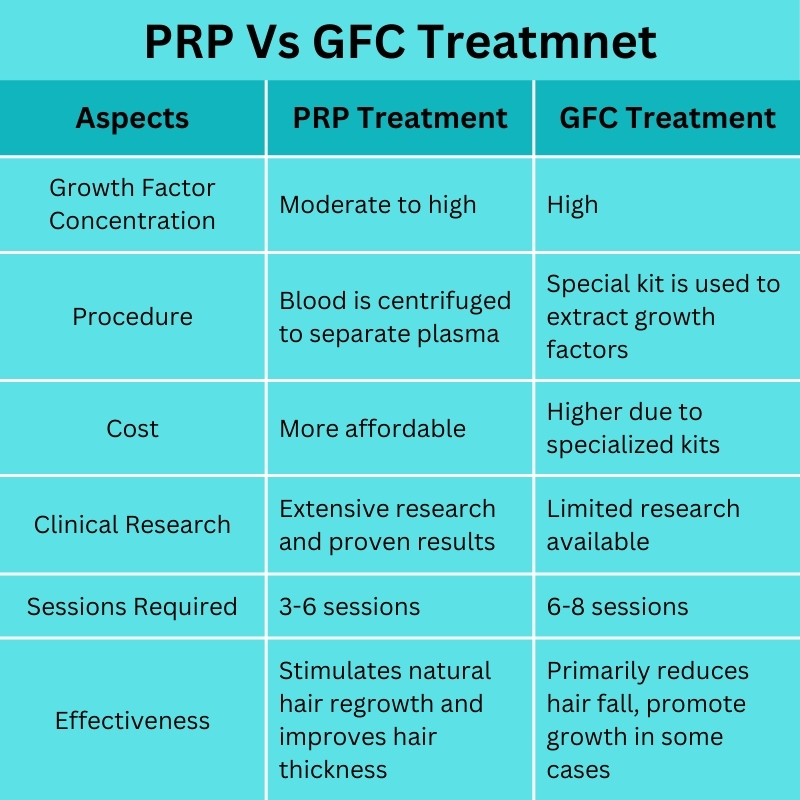
What Is PRP Treatment?
PRP, or Platelet-Rich Plasma, is an advanced non-surgical treatment that promotes natural hair growth and thickening. It involves drawing a small amount of blood from the client’s arm. Then the specialists process it in the centrifuge machine to extract the platelet-rich plasma from the other blood components. They then inject these concentrated platelets into the affected areas of the scalp. These platelets contain growth factors that activate the dormant hair follicles, improve hair density, and reduce hair fall.
PRP hair treatment is a popular hair growth therapy and has been in use for several years. It is known for its natural stimulation of hair regrowth with minimal downtime. It is relatively safe and has minimal side effects. It works effectively for individuals experiencing hair thinning or early stages of hair loss. When it comes to gfc vs prp, PRP is often the more familiar and widely available option.
Benefits of PRP Treatment
- Stimulates natural hair growth
- Improves hair density and thickness
- Uses the body’s own healing properties
- Minimally invasive and safe
- Cost-effective compared to other treatments
- Backed by extensive clinical research
Side Effects of PRP Treatment
- Mild pain and discomfort at the injection site
- Temporary redness or swelling
- Rare chances of infection if not done under proper hygiene
- Requires multiple sessions for optimal results.
Duration & Results of PRP Treatment
- Procedure Time: Each session takes around 45-60 minutes.
- Number of Sessions: Typically, 6-8 sessions are needed at intervals of 4-6 weeks.
- Results: Visible improvement in hair growth is seen after 3-4 session, with maximum results in 6 sessions.
What Is GFC Treatment?
GFC (Growth Factor Concentrate) treatment is a newer, more advanced version of PRP. Just like PRP, the experts draw blood from the client’s arm and allow it to undergo a more refined process to extract pure and concentrated growth factors without any red blood cells or unwanted components.
During the treatment, the experts administer the growth factors directly into the affected areas of the scalp by superficially injecting them into the hair roots. This treatment stimulates new hair growth, enhances the thickness of hair follicles and increases the overall hair density.
In the prp vs gfc debate, GFC often stands out for its purity and potency. The growth factors in GFC are more concentrated, and the treatment is believed to be more effective in promoting faster hair regrowth.
Benefits of GFC Treatment
- High concentration of growth factors
- Minimally invasive procedure
- Helps in reducing hair fall
- No risk of platelet contamination
Side Effects of GFC Treatment
- Slight swelling or redness at the injection site
- Requires a specialized kit, increasing cost
- Limited clinical research compared to PRP
Duration & Results of GFC Treatment
- Procedure Time: Around 45 minutes
- Number of Sessions: 6 to 10 sessions at intervals of 4-6 weeks
- Results: Hair fall reduction within 3-4 sessions, visible regrowth after 6-8 sessions.
What Growth Factors Does GFC Treatment Rely On?
GFC treatment relies heavily on specific growth factors that help combat hair loss and promote hair growth. These include:
- PDGF (Platelet-Derived Growth Factor): PDGF encourages the development of blood vessels and activates various cells such as stem cells, endothelial cells, and fibroblasts. These actions stimulate and rejuvenate hair follicles, potentially improving hair thickness and density.
- VEGF (Vascular Endothelial Growth Factor): VEGF plays a key role in developing new blood vessels around hair follicles. This improved blood flow ensures that follicles receive the nutrients and oxygen they need for healthier and stronger hair growth.
- EGF (Epidermal Growth Factor): EGF aids in the regeneration and repair of hair follicle cells. It also contributes to forming new capillaries, helping improve nutrient supply to the scalp, and creating a supportive environment for hair growth.
- IGF (Insulin-like Growth Factor): IGF-1 supports the early growth phase of hair follicles and encourages cell multiplication. By enhancing blood vessel formation and boosting cellular activity, it promotes long-term scalp health and sustained hair growth.
These concentrated growth factors promote cell regeneration, blood supply to hair follicles, and tissue repair, which makes GFC a strong contender in the comparison of PRP vs GFC result
PRP Vs GFC: Key Differences
Let’s explore the major points that highlight the difference between GFC vs PRP treatment:
1. Effectiveness: Both PRP and GFC treatments are effective for hair regrowth. However, PRP vs GFC results show that GFC may offer faster and more noticeable results due to the higher concentration of pure growth factors.
2. Growth Factor Concentration: When comparing gfc vs prp, GFC provides a higher concentration of targeted growth factors as it excludes other components of blood like red and white cells, making the treatment more focused and effective.
3. Treatment Procedure: In PRP, the dermatologists inject the platelet-rich plasma soon after separation from blood. In GFC, the blood undergoes a longer incubation process to release and collect only the pure growth factors, which the experts then inject into the scalp.
4. Cost: One of the biggest considerations is prp vs gfc cost. Typically, PRP is more affordable, while GFC tends to be more expensive due to the advanced technology and processing involved. However, some clients may find GFC more cost-effective in the long run due to quicker and better results.
What Are The Considerations For Choosing Between PRP And GFC Treatments?
When deciding between prp vs gfc, consider the following:
- Budget: If cost is a constraint, PRP might be more accessible.
- Severity of Hair Loss: GFC may be a more suitable option for those with advanced thinning.
- Desired Speed of Results: PRP vs GFC results suggest GFC could deliver faster improvements.
- Doctor’s Recommendation: Your dermatologist can recommend the right treatment option to you based on your hair condition and medical history.
Which Is Better – PRP or GFC?
The gfc vs prp debate ultimately comes down to individual needs. While both are effective non-surgical hair treatments, GFC offers a more advanced approach with a higher concentration of growth factors, potentially leading to better and faster results. On the other hand, PRP remains a trusted and budget-friendly option with proven results. Whether you choose PRP or GFC, PRP therapy is especially beneficial for those experiencing early-stage hair loss and thinning, as it enhances both follicle strength and hair density..
Takeaway
PRP and GFC are both promising hair restoration treatments, but PRP stands out due to its longstanding research, cost-effectiveness, and ability to naturally enhance hair growth. If you’re looking for a safe, affordable, and scientifically proven solution for hair regrowth, PRP is a great choice! For expert hair restoration with PRP, book your consultation today and let us help you achieve your hair regrowth goals!
Frequently Asked Questions
Both PRP and GFC are effective for hair growth. GFC is considered more advanced and effective than PRP due to its higher concentration of purified growth factors.
PRP can significantly improve hair density and reduce hair fall. However, it may not fully regrow hair in areas with complete baldness.
Yes, both PRP and GFC treatments are safe, as they use your own blood. This minimises the risk of allergic reactions or significant side effects.
GFC is usually more expensive than PRP due to its advanced processing and higher concentration of growth factors.
Yes, GFC sessions are typically spaced 4–6 weeks apart, and dermatologists may recommend monthly treatments initially.
GFC often provides faster and more noticeable results compared to PRP, especially in cases of moderate hair thinning.
GFC is a refined version of PRP that isolates only concentrated growth factors, making it more potent and efficient for hair regrowth.
GFC can significantly improve hair growth, but it often requires maintenance sessions to sustain long-term results.
GFC involves a more advanced extraction process and delivers purer, targeted growth factors, which increases its cost.
Yes, combining both GFC and PRP can maximise hair growth by delivering a broader range of growth factors and regenerative support.
Those experiencing early to moderate hair thinning or hair fall with active follicles are ideal candidates for GFC.
In most cases, GFC is considered superior to PRP in terms of effectiveness, purity, and results.
Both treatments activate dormant hair follicles by delivering growth factors that boost cell regeneration, blood flow, and follicle repair.

